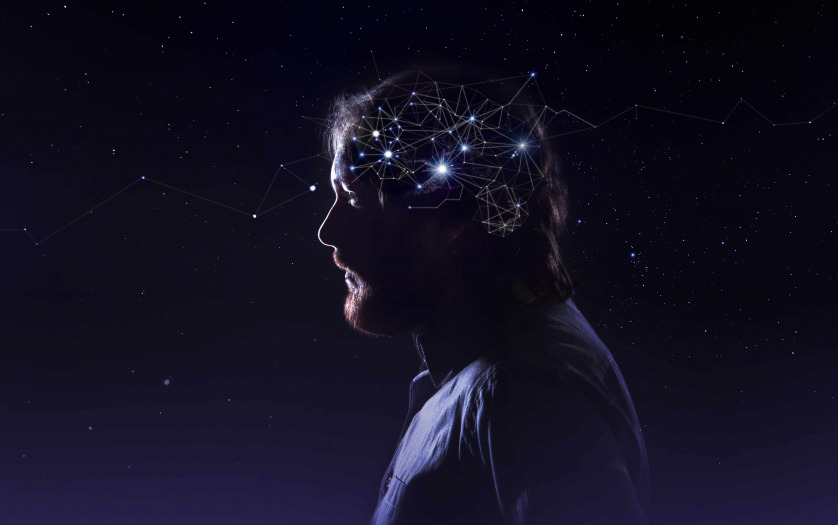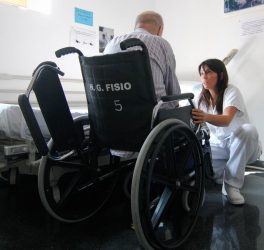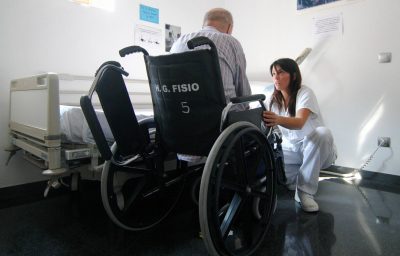
There are 86 billion neurons, or cells, in the human brain. Of these, an infinitely small portion of them handle cognitive flexibility—our ability to adjust to new environments and concepts.
A team of researchers with interdisciplinary expertise in psychology, informatics and engineering along with the Vanderbilt Brain Institute (VBI) gained critical insights into one of the biggest mysteries in neuroscience, identifying the location and critical nature of these neurons.
The article was published in the journal Proceedings of the National Academy of Science (PNAS) on July 13. The discovery presents an opportunity to enhance researchers’ understanding and treatment of mental disability rooted in cognitive flexibility.
Brain circuits created by these neurons have led to an evolutionary advantage in the ability of humans to adapt to changing environments. When these neurons are weakened, people may have trouble adjusting to changes in their environment including difficulty in overcoming traditions, biases and fears. Typically, people oscillate between repeating rewarding behavior and exploring newer and potentially better rewards. The cost-benefit ratio of repeating to exploring is an equation that the brain is constantly working to resolve, particularly when there are changes to a person’s environment. A lack of cognitive flexibility results in debilitating mental conditions.
The consequences of this research could be multifold. “These cells could be part of the switch that determines your best attentional strategy,” said Thilo Womelsdorf, associate professor of psychology and computer science, and the paper’s principal investigator. “Weakening these brain cells could make it difficult to switch attention strategies, which can ultimately result in obsessive-compulsive behaviors or a struggle to adjust to new situations. On the opposite end, if such a switch is ‘loose’ attention might become ‘loose’ and people will experience a continuously uncertain world and be unable to concentrate on important information for any amount of time.”
“There is a technological revolution in neuroscience,” said Lisa Monteggia, Barlow Family Director of the Vanderbilt Brain Institute and professor of pharmacology. “The ability to use technology to control a single cell with molecular and genetic tools can only work when scientists know where to look. Dr. Womelsdorf and his collaborators have given us the ability to do such work and significantly move the field of neuroscience forward.”








